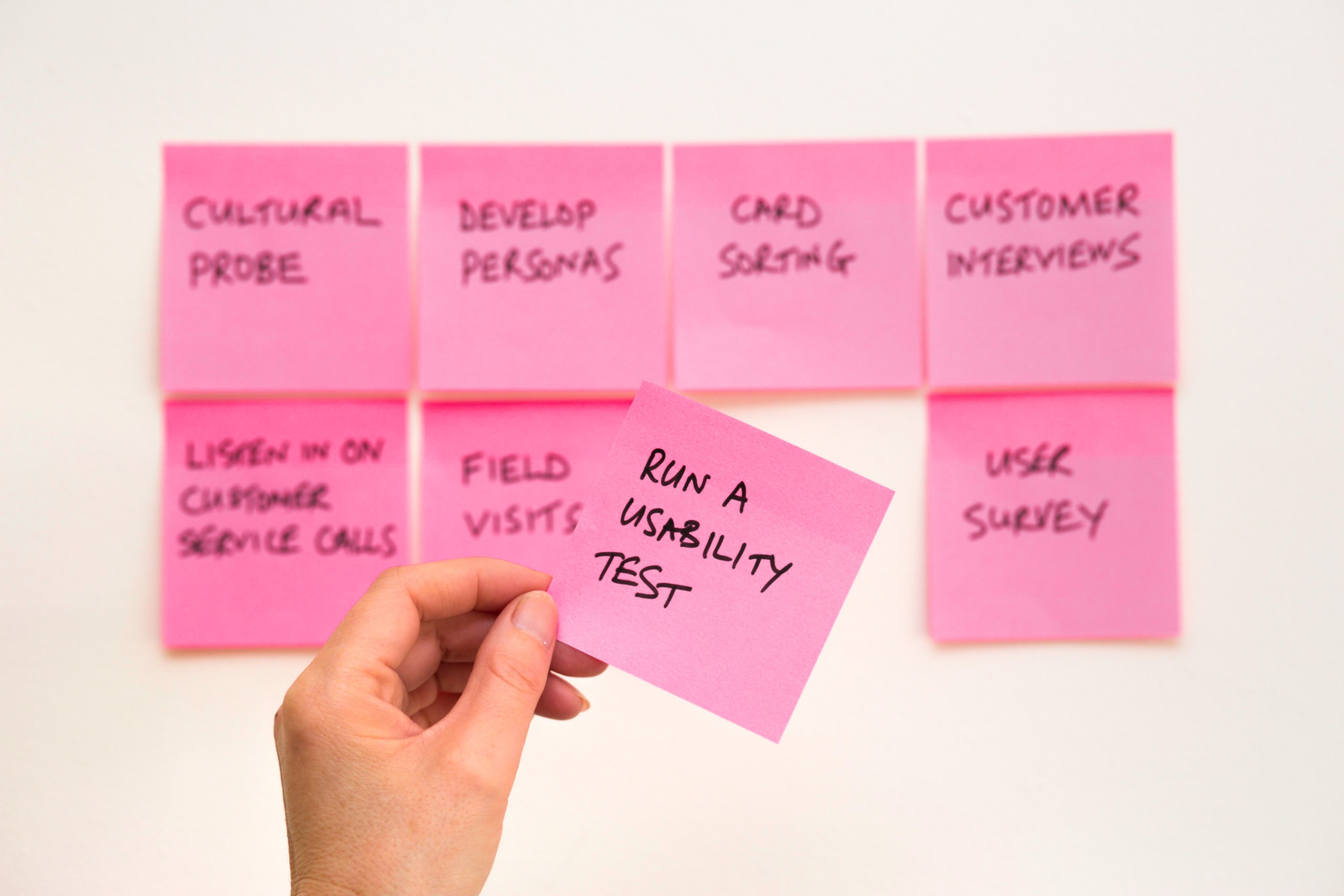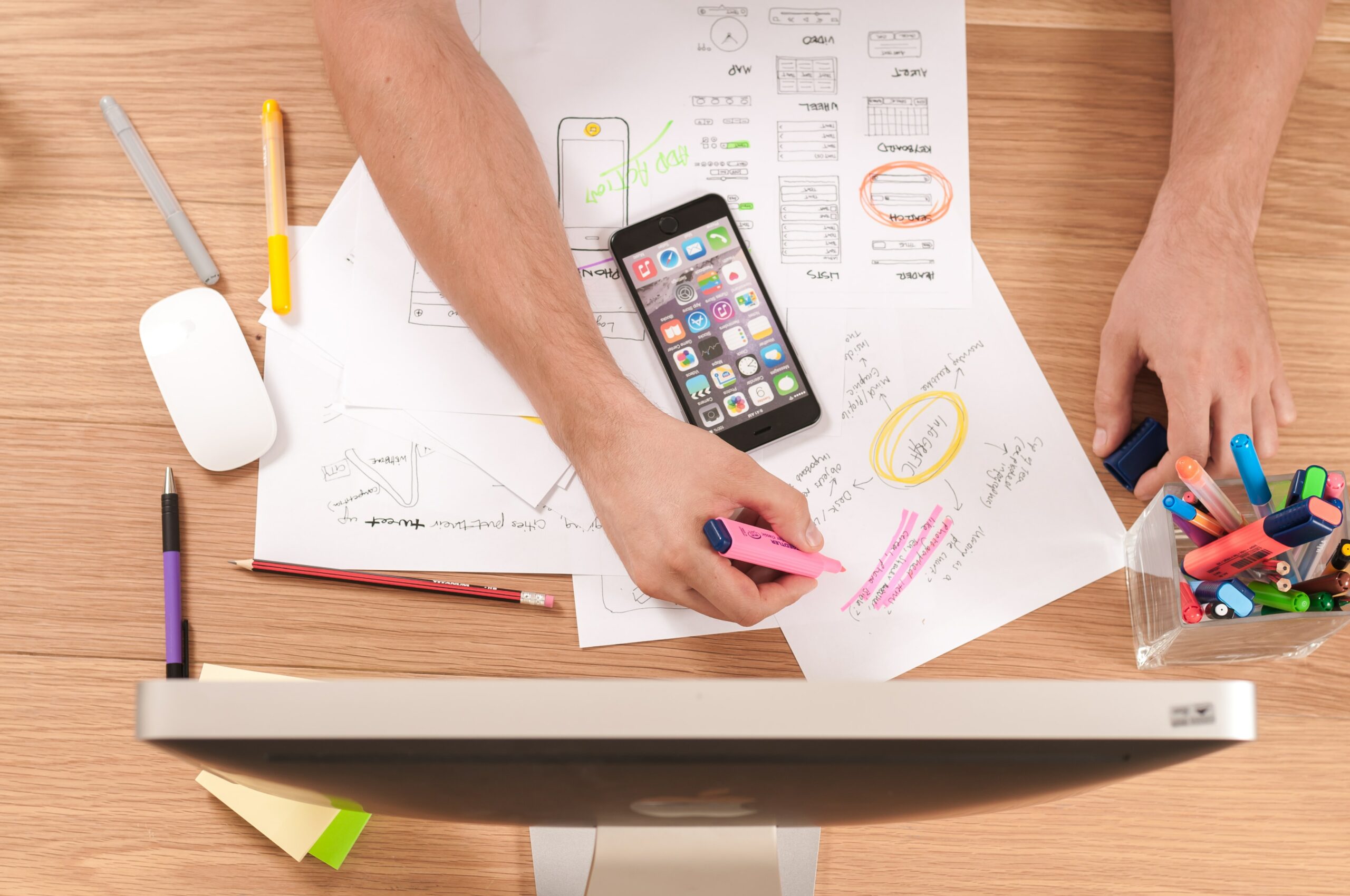
By Sam Harvey, Senior Marketing Manager, Monstarlab
In-depth user research is vital for truly understanding human needs, behaviours and motivations. Usability testing is unquestionably an essential part of user research. But what does it really mean? Why should you care? And what should you take into consideration?
What is usability testing?
Usability is defined as “ease of use”. To be more specific, we can say usability is the ease of access and use of an object. In the context of UX,
Usability testing is defined as the evaluation of a product by testing it on potential users.
The only way to understand if something is easy to use is to concretely make individuals try it while observing their behaviour and comments very carefully. To make a product truly user-centred you must involve users in the design process.
Benefits of usability testing
The earlier you identify problems in your product, the less expensive they are to fix. User testing is grounded in behavioural observations to provide design insights. This research generates actionable findings to redesign your product. My advice? Start taking user testing seriously, it makes all the difference.
The goal is to gather as much feedback as you possibly can as early as you possibly can.
Running a usability test will, amongst other things, help you to:
- Measure users’ satisfaction with your product;
- Identify if users are able to complete specific tasks successfully;
- Establish how efficiently users can undertake predetermined tasks;
- Pinpoint changes to the design that might need to be made to address any shortcomings to improve performance; and
- Receive useful feedback on how the product can be improved.
In addition to these, you will get objective and subjective findings, such as:
- Does the product work effectively?
- Do users enjoy using the product?
These findings provide valuable feedback that will help shape and improve your design. I should point out that it is important to allow for more than one series of usability tests. Ideally, testing takes place at multiple points in the product development process: at a midway point with some clickable prototypes; and once the final build is done and there is a fully built product.

Challenges and costs to consider
Some decide to overlook user testing due to its costs but investing in testing will only save you money in the long run. Multiple factors can affect your overall budget, but remember to allow for the following when planning the research overview:
Recruitment
Consider how and where you will be recruiting your participants. Most companies engage with a dedicated recruiting firm to schedule participants based on requirements. They can take care of the screener preparation, recruitment of participants (£/per head), and incentive (£/45mins to 1h).
You can choose to do this yourself but know it takes time and money. Recruiting firms often have an existing pool of participants which can ease and speed up the entire process. My top tip: over recruit by 15% and have backups in case of no show.
User testing lab
If unavailable to you, you will need to rent a lab or equipment for monitoring and recording the tests. Book a room for the test to take place in and an adjacent (bigger) room for the observers to sit in. When securing a location, consider visiting the space in person; you would be surprised by the factors that can affect your research.
From experience, big glass walls or windows are most likely going to distract your participants. Make sure to face them away from those. Moreover, noise can also greatly affect your sessions so make sure you eliminate unwanted sounds when possible. You would not believe what a bad AC system can do to your recordings!
Time
The key steps of usability testing all take time: Planning, Conducting, Analyse and Report.
- Planning. Diving into your test plan with its objectives, tasks and metrics can take days to weeks depending on the size of your test and number of people involved in the project.
- Conducting. When conducting the test, there is no set length for sessions. However, I recommend keeping it to 45 minutes to 1 hour to avoid losing the user’s attention.
- Analyse and Report. In my opinion, the analysis and summary of the report once all data has been gathered is the most lengthy phase. Assessing success rate; user satisfaction and frustration against each task; making recommendations, and prioritising the findings in a digestible document is not an easy one.

Convincing your stakeholders to invest in user testing
Making a case for usability testing isn’t always an easy sell. How can you convince an executive, a client or team members that it is worth the time and investment?
I covered the direct benefits of user testing earlier, but here is a combination of additional arguments to help get buy-in from your stakeholders.
An objective framework through which to make product and design decisions
Instead of arguing over a certain feature or the position of a call to action, a testing mindset shifts the focus to what is truly essential to users. This way, value is created when user feedback guides the design and product development process. Opinions can be put to the test and measured against objective data captured from user testing.
Rewarding the entire team
User testing doesn’t just benefit the UX designer. There are potential advantages for everyone on the team:
- Usability and iteration insights for design
- Selling propositions for marketing
- Less rework and develop reusable code for tech
- Validation of product ideas for business owners
User-centred design improves customer satisfaction and ROI
Products that focus on user experiences have been proven to increase customer satisfaction which contributes to many success stories.
According to Forbes[1], many large corporations report that usability testing and user-centric design have taken their business to the next level. Jeff Bezos invested 100 times more in usability than in advertising during the first year of Amazon.
Amazon conducts continual A/B testing on all aspects of its customer-facing user interfaces and continually updates and redesigns them based on that data.
As of 2015, Amazon was the largest internet retailer in the world and the most valuable retailer in the USA; so, you could argue that Jeff Bezos’ investments in UX have been something of success concerning both ROI and customer satisfaction.
Aligning user testing goals and business goals
Getting executive buy-in comes down to an organisation-wide belief that usability testing will end up benefiting the business generally. When establishing your product vision and strategy, aligning both business and user goals is essential. It provides value for the user, which in turn brings business value.
Through user testing, common business and user goals are optimised, measured and implemented.
User tests help you invest your resources effectively, so you can launch a successful product and continue to make iterations that your users love. It is to ensure that something works, to find out how self-explanatory things are and if a person of average ability or experience can use it.
Running usability tests helps to keep your users positioned front and centre, which — as product designers — is our goal.
Testing — and particularly usability testing — is a critical part of the design process. Run them well; an effective usability test will save you money in the long run.
Endnote:
[1] Forbes, “Good UX Is Good Business: How To Reap Its Benefits”, 2015
